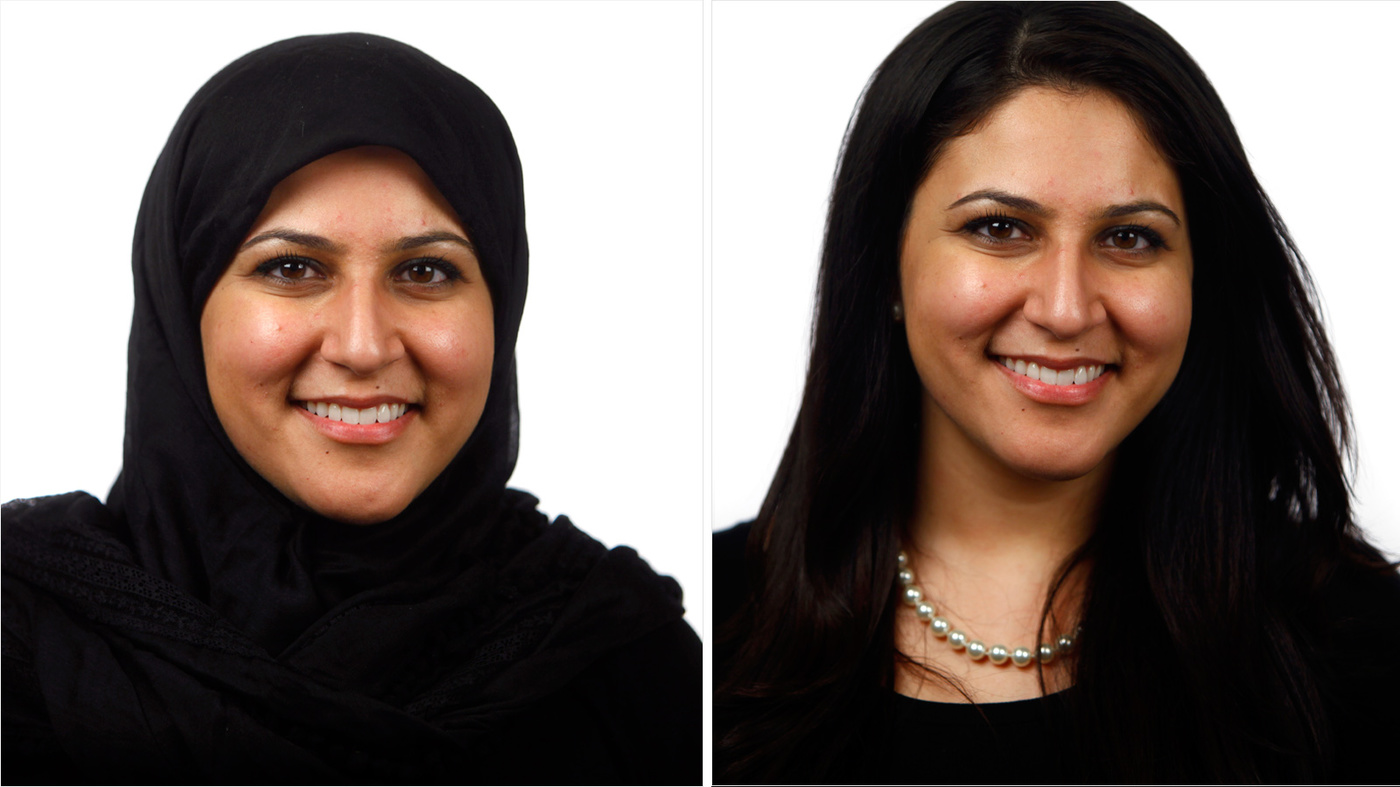Muslim women have often used literary works, paintings, or other forms of artistic expression to paint a deeply sensitive and intimate portrayal of how Islam, culture, and society impact their realities. “Breaking the Veils: Women Artists from the Islamic World” is an art exhibition organized by the Royal Society of Fine Arts in Jordan and the Pan-Mediterranean Women Artists Network of Greece, to dispel the negative stereotypes surrounding women throughout the Islamic world, including Indonesia, Yemen, and Morocco. The showcase consists of 72 art pieces by 51 women representing a spectrum of religious beliefs in over 20 Islamic countries.
The US tour of this internationally acclaimed exhibit began in June 2008, under the prestigious direction of the ArtReach Foundation, and in partnership with Delta Airlines. The collection, which had already toured Europe and Australia, traveled from Jordan to the US on Delta’s inaugural flight from Amman. The exhibit made its US debut at the William J. Clinton Presidential Center in Little Rock, Arkansas, and has since been shown at the University of Southern Mississippi, Yale Divinity School in Connecticut, and The Kennedy Center in Washington DC.
The collection features a variety of media and diversity of techniques: oil on canvas, watercolor on paper, acrylic on wood, mixed media on cardboard, as well as several collages. A myriad of artistic movements and styles are also represented in the exhibit: impressionism, surrealism, cubism, and realism. While I can hardly do justice to the artistic skills and giftedness of these women, I can convey the fusion of emotions I experienced when I first saw their artworks. Awe, pain, hope, fear, happiness, humility, and even humor – these are some of the fleeting emotions unveiled through Breaking the Veils.
The watercolor entitled Three Women by Fahda bint Saud, from Saudi Arabia, illustrates the Japanese Golden Rule “See no evil, hear no evil, speak no evil” so prevalent in the Islamic world, where injustices are often veiled. Loneliness by Kamala Ibrahim, from Sudan, brought to mind the high incidence of widowhood in many countries where casualties of war, famine, and natural disasters leave women without a partner. The Sponsors by Laila Shaw, The Endless Cause triptych by Samia Zaru, both from Palestine, and Aggression by Lisa Fattah from Iraq, spoke to me of the political realities and unique day-to-day challenges some women face in countries, where checkpoints, humiliation, war, and sudden death are so palpable.
I read Gregory 2, by Simin Maykadeh from Iran, as a testament to motherhood, and the gentle eyes through which this portrait was likely painted. Amna Nusairy’s oil on canvas, from Yemen, reminded me of the commonalities of desert life in the vivacity of its color and shapes, reminiscent of the American southwest. The picturesque Unity by Karima bint Othman, from Jordan, evoked a feeling of sisterhood, beyond race, color, religion and culture.
The exhibit’s distinguished artists come from multicultural backgrounds, and encompass a wide range of artistic evolution, activism efforts, and professional achievements. Many of the artists are world renowned, including Heyi Ma’mun, from Indonesia, and French-Moroccan Najia Mehadji.
All in all, Breaking the Veils goes beyond dismantling the negative portrayal of women in the Islamic world by painting a clear picture of the multi-dimensional nature of these talented women. Their artwork is a window to their souls, intellect, and the uniqueness of their experiences.
Breaking the Veils will be hosted at the Catherine G. Murphy Gallery, in St. Paul, MN from February 6 – April 1, 2010.




